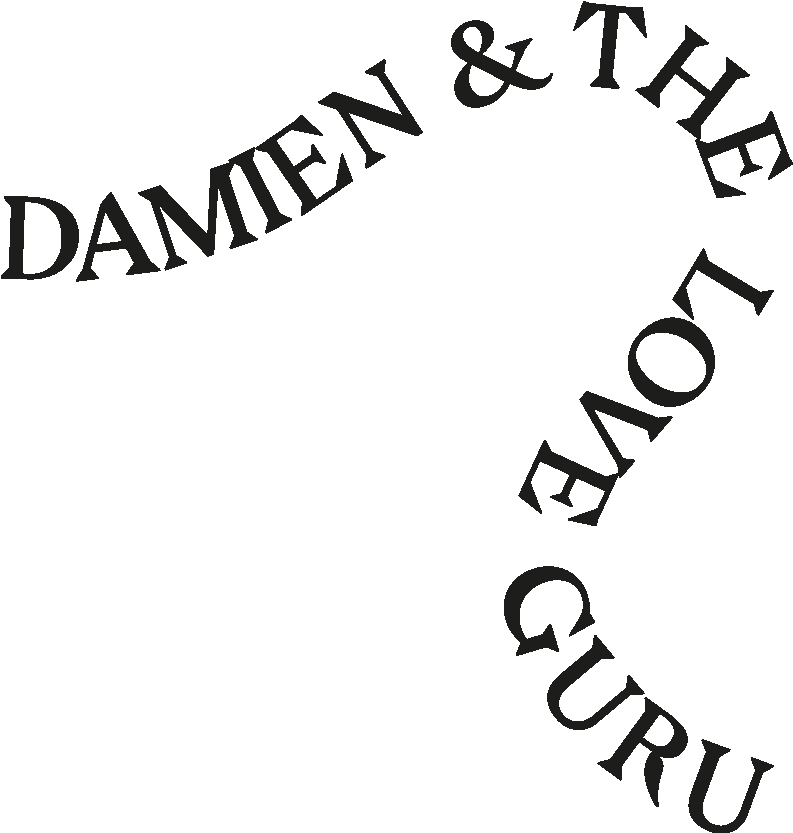Julian Irlinger
Ludwig

Ludwig
2024
Digital video, sound
8 min (loop)
A body lies at the bottom of a body of water, poised as if attempting one final Canova pose. Two mildly anthropomorphic fish observe him, pondering—both laconically and rhythmically—whether they behold a corpse or a dreaming being. These are the remains of Ludwig II—King of Bavaria for twenty years at the end of the 19th century, known as the Swan King, the Fairy Tale King. Disinterested in the management of public affairs and military endeavors, he indulged in whimsical interests in architecture, music, and art. His most memorable legacy, Neuschwanstein Castle, stands as a quasi-folly ornate fort. It remains one of the main international attractions in Germany and served as a direct inspiration for Disneyland’s “Sleeping Beauty” castle, later stylized into the logo of the major American media company.
In a sense, both fish are correct: Ludwig II’s demise (regicide? suicide?) served the hegemonic agenda of the efficient, modern Prussian state, which, within a few decades, would lead German industrial growth in Europe, propelled by burgeoning chemical and steel industries. Yet, Ludwig II’s dreams endured, repurposed for tourism and national branding, fashioned into a prototype of the elusive and refined Prince Charming—an early embodiment, perhaps, of the solipsism of isolation, desires, and projections characteristic of hyper-mediated consumer society.
Walt Disney and Ludwig II of Bavaria shared an enchantment with the dream of total fiction: the creation of environments of multisensory stimulation intended to mend the original separation between audience and spectacle in Greek theatre. The king, through the elaborate sets in which he secluded himself from despised contemporaneity and his associations with Richard Wagner and his magnificent gesamtkunstwerk; the Kansas City entrepreneur—while perpetuating the cult of the romantic creator—by constructing Disneyland, a utopian city with an entrance fee.
To envision worlds detached from history, both resorted to the latest technological innovations: in Disney’s case, the synchronization of audio and video, aggressive management of emerging copyright regulations, and the Taylorist organisation of creative work. The meticulous Bavarian ruler went so far as to contact what would become BASF to reproduce an intense shade of indigo, unachievable with the lighting technology of the time, to enliven one of his grottos. The endeavor to mask reality, to fix the world at an imaginative, indeterminate point in time, demands an enormous investment in technology and capital.
Julian Irlinger has repeatedly explored the relationships between art, economic history, cultural macro-narratives, and in this exhibition, works on the concept of ‘characters’ and ‘background,’ on the idea of the looping crystallization of time and space—the stopped clock found beside Ludwig’s body, animation cels universal enough to chronicle places we ‘might’ have visited or seen on a screen—to examine how certain idiosyncratic history traits are transmitted vernacularly and become embedded in a globally integrated imagination.
— Francesco Tenaglia





2024
Digital video, sound
8 min (loop)
Installation view

2024
Digital video, sound
8 min (loop)
Installation view

2024
Digital video, sound
8 min (loop)
Installation view

2024
Digital video, sound
8 min (loop)
Installation view

2024
Digital video, sound
8 min (loop)
Installation view

2024
Gouache and ink on paper, artist frame
72 × 106 cm (framed)

2024
Gouache and ink on paper, artist frame
72 × 106 cm (framed)

2024
Gouache and ink on paper, artist frame
61 × 81 cm (framed)

2024
Gouache and ink on paper, artist frame
76 × 116 cm (framed)

2024
Gouache and ink on paper, artist frame
81 × 61 cm (framed)

2024
Digital video, sound
8 min (loop)
Animation: Julian Irlinger; CGI: Alexander Pannier; sound effects: Burkhard Beschow; voices: Dominik Auerbach, Robert Heil; special thanks: Rosario Talevi
